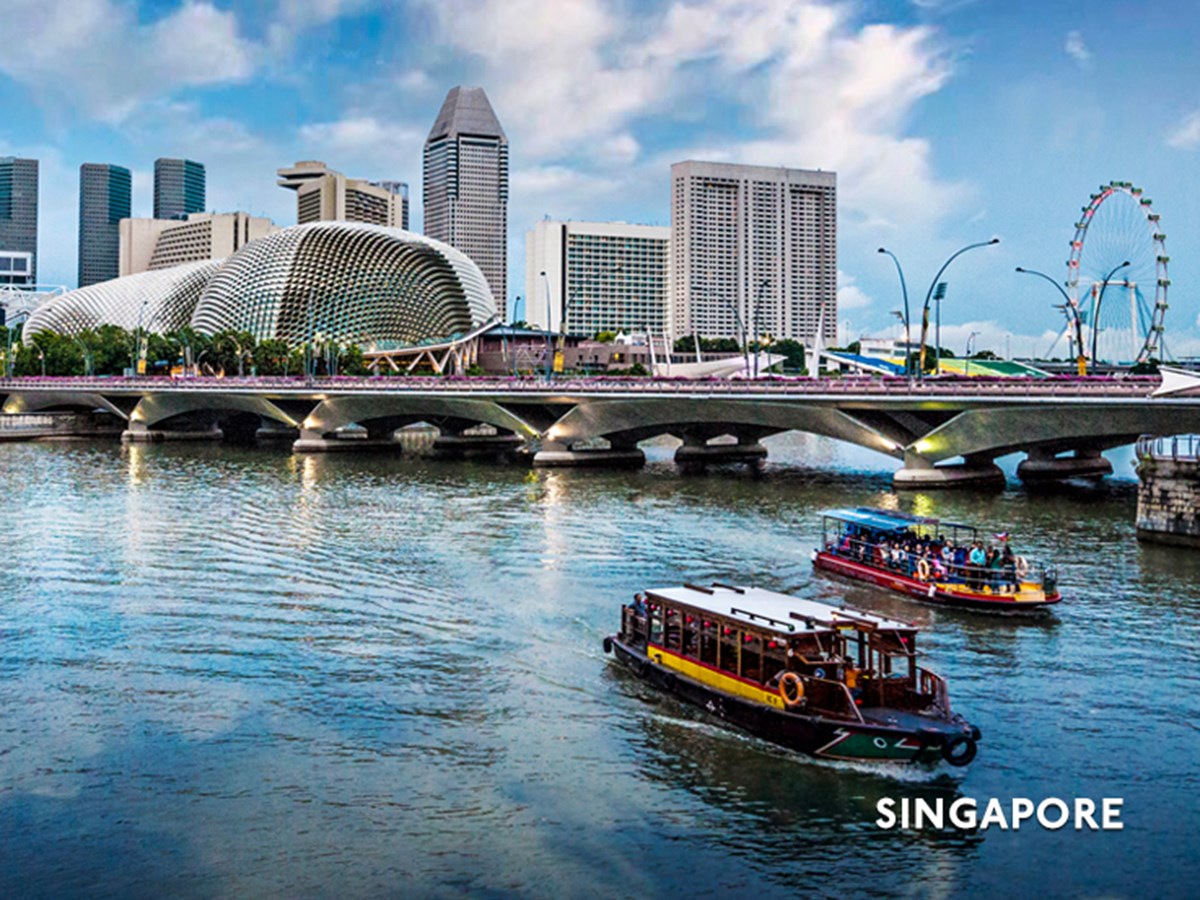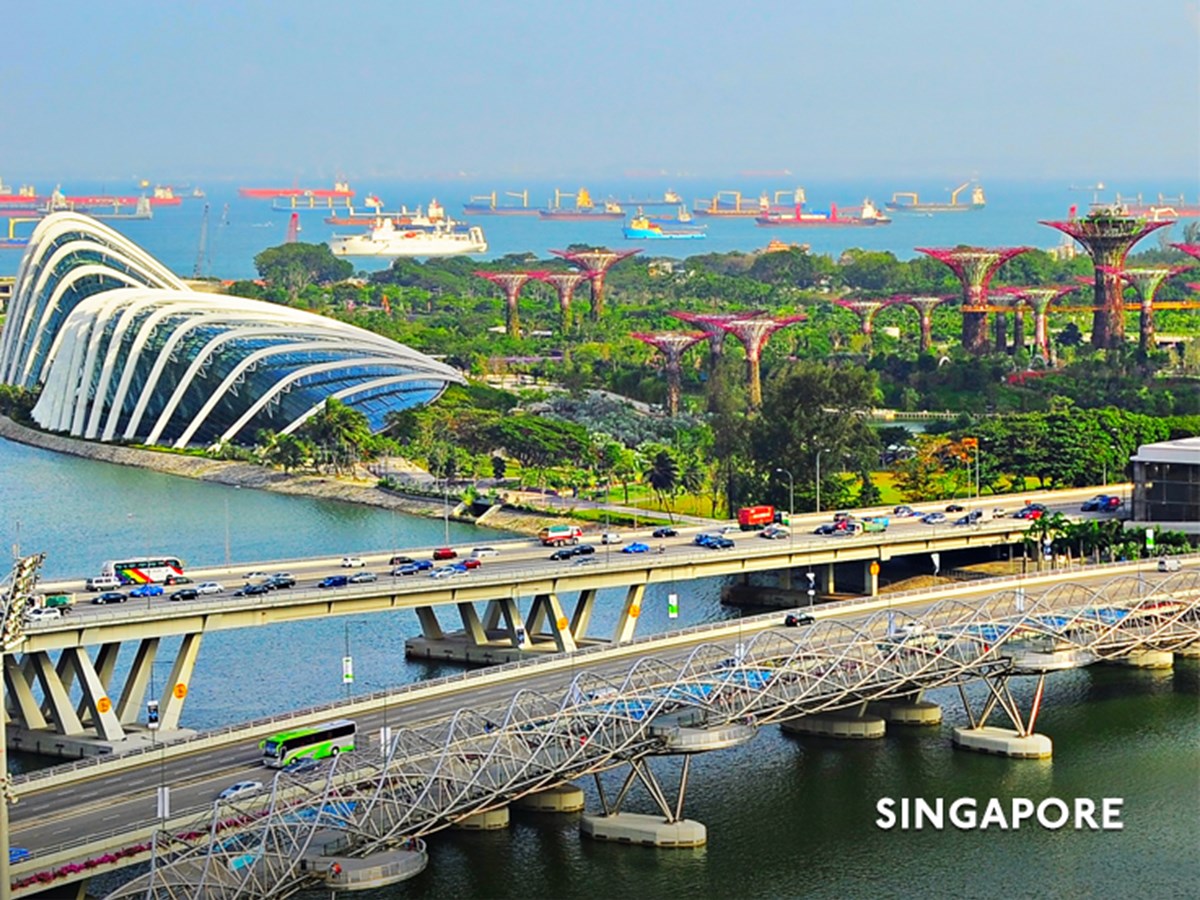
Singapore High Court rules for the first time that the “Single Liability Principle” does not apply in a collision claim between two ships where the claim of one ship is time-barred

Where two vessels are involved in a collision for which both vessels are to blame, liability is apportioned in accordance with the degree to which each vessel was at fault. There does not exist two cross-liabilities in damages, i.e. a separate liability on the part of one vessel to the other vessel for the proportion of its loss and vice versa. Instead, there is only a single liability for the difference between the portion of the larger claim and the portion of the smaller claim, which difference is then payable by the net payor to the net payee. This is the “Single Liability Principle” described and applied in the English case of The Khedive (1882) 7 App Cas 795 (“The Khedive”).
This is a straightforward principle where the two claims involved are not time barred.
However, whether the “Single Liability Principle” applies when the claim of one of the ship-owners is time-barred is not so straightforward.
This novel issue arose before the Singapore Court in The Caraka Jaya Niaga III-11 [2021] SGHC 43.
Allen & Gledhill Partner Vivian Ang and team, representing the Plaintiffs, successfully argued that this issue should be answered in the negative.
Judicial Commissioner S Mohan (“Mohan JC”) agreed, holding that the “Single Liability Principle” presupposes that both claims are not time-barred, and that a shipowner who is a net payor would only be able to rely on the “Single Liability Principle” to reduce its liability if its counterclaim is not otherwise time-barred.
Facts
The facts of the case were not in dispute. The first Plaintiff was the registered owner of the vessel “GRAND ACE12”. The second Plaintiff was the demise charterer. The Defendant was the demise charterer of the vessel “CARAKA JAYA NIAGA-III 11” (“CJN” for brevity).
On or about 3 April 2017, a collision occurred between the vessels “GRAND ACE12” and “CJN” (“Collision”). Both the Plaintiffs and Defendant claimed to have suffered loss and damage as a result of the Collision.
Under section 8 of the Maritime Conventions Act 1911 (“MCA”), the time-bar to bring proceedings (including by way of a counterclaim) fell on 3 April 2019.
On 29 March 2019, the Plaintiffs issued an in rem writ against the “CJN” in HC/ADM 48/2019 (“ADM 48”). The writ was served on the “CJN” on 6 May 2019.
On 13 May 2019, after the time bar had expired against the “GRAND ACE12”, the Defendant issued an in rem writ against the “GRAND ACE12” in HC/ADM 64/2019 (“ADM 64”). ADM 64 was not served and eventually lapsed on or about 13 May 2020.
The Defendant entered an appearance in ADM 48. On 12 June 2019, the Defendant applied for an extension of time to maintain a counterclaim against the Plaintiffs notwithstanding that the counterclaim was time-barred by then. The application was dismissed by the Assistant Registrar and no appeal was brought by the Defendant against that decision.
In light of the foregoing, the Defendant’s claim/counterclaim against the Plaintiffs arising out of the Collision was time-barred.
On 11 June 2020, the parties entered into a Consent Judgment in ADM 48, agreeing to apportion liability 60/40 in favour of the Plaintiffs, without prejudice to the parties’ respective positions on the “Single Liability Principle”.
Issue
The parties agreed for the following issue to be determined as a preliminary question of law pursuant to Order 33 rule 2 of the Rules of Court:
Whether the Defendant is able, on the basis of the agreed facts, to rely on or raise the “Single Liability Principle” in diminution and/or reduction of the Plaintiffs’ claim in this action in circumstances where the Defendant's counterclaim against the Plaintiff is time-barred.
Parties’ submissions
The Defendant argued that the fact that its counterclaim was time-barred was irrelevant because it was merely seeking to defend itself against the Plaintiffs’ claim by relying on the “Single Liability Principle”. It was not seeking to bring proceedings against the Plaintiffs. Based on the agreed apportionment of liability, the Defendant argued that it should be entitled to set-off 40% of its loss and damage against 60% of the Plaintiffs’ recoverable loss and damage in reliance on the “Single Liability Principle”, thereby reducing its liability to the Plaintiffs to the net sum due. The Defendant relied primarily on the English High Court’s decision in M1OM 1 Ltd v Sea Echo ENE (No. 2) [2012] 1 Lloyd’s Law Rep. 140 (“Sea Echo”) where the English High Court held that where a shipowner expects to be the net payor, he may not wish to commence proceedings but only, if sued by the other shipowner, to rely on the “Single Liability Principle” to ensure that any judgment obtained against him takes account of the damage suffered by him. Hence where the net payor was merely defending himself by relying on the limitation imposed by the “Single Liability Principle” and was not bringing proceedings, the net payor remained entitled to rely upon the “Single Liability Principle” whether or not the Court granted him an extension of time to bring the counterclaim.
The Plaintiffs argued that the Defendant is not entitled to rely upon the “Single Liability Principle” to diminish or reduce the Plaintiffs’ claim where the Defendant’s claim is time-barred. The Plaintiffs argued that to allow the “Single Liability Principle” to apply would allow time-barred claims to come in through the back door thereby circumventing the provisions of section 8 of the MCA and rendering the time-bar provision redundant. The Plaintiffs also submitted that the Sea Echo was clearly distinguishable on the facts, the decision on the point was obiter dicta and given the very different facts on which the decision was premised, should not be followed in the present case.
Judgment
Mohan JC agreed with the submissions of the Plaintiffs. He made two preliminary observations:
- The observations of Teare J. in Sea Echo on the “Single Liability Principle” were obiter dicta as the question of the time bar was only raised during arguments in respect of costs. The court had already determined the apportionment of liability for the collision after a full trial. The plaintiffs had not raised any objection to the defendant's counterclaim on the basis of it being time-barred at any point during the trial on liability. The issue of the counterclaim being time-barred was only belatedly raised by the plaintiffs when the court had to decide on the appropriate orders for the costs of determining liability. The court found that the plaintiffs were estopped from raising the time-bar at that point.
- The time-bar under section 8 of the MCA is procedural and merely bars the “maintainability” of proceedings, but does not extinguish the substantive rights underlying the claim. The time-bar prevents the Defendant from seeking any remedy for its counterclaim.
Mohan JC then went on to examine the true nature and operation of the “Single Liability Principle”, and after a close reading of the judgment, held that:
“The key point is that the single liability principle as decided and applied in The Khedive presupposes the existence of valid or maintainable claims and cross-claims or counterclaims. This is so that the court could then, following the procedure in the Court of Admiralty, pronounce a single judgment (or “monition”) in favour of the net receiving party for a moiety of its damage beyond the point of equality. It should be noted that on the facts of the Khedive, neither the claim of the Voorwaarts nor the counterclaim of the Khedive was time-barred.”
Mohan JC held that the “Single Liability Principle” was borne out of procedure and its application presupposed that both ships were at fault, both ships suffered damage, and both shipowners advanced claims and counterclaims or cross-claims against each other that were valid (i.e. not time-barred) in one or separate but conjoined suits.
Mohan JC also rejected the Defendant’s contention that the essence of the “Single Liability Principle” was based on equity and fairness in that one party should not be made to pay more than it should when the other party was also partly to blame for the collision. In so doing, he agreed with the Plaintiff’s counsel that it would render section 8 of the MCA otiose or nugatory in a great many cases where a net paying defendant fails to mount its counterclaim in time.
The Court similarly rejected the Defendant’s submission that the “Single Liability Principle” represents a form of set-off, as clearly set out in The Khedive and the English Court of Appeal decision in The Tojo Maru [1970] P.21. Mohan JC held that while the practical effect of the “Single Liability Principle” was the same as a set-off, the principle in its true unadorned form is “a procedural mechanism based on a rule of some antiquity originating in the English Court of Admiralty” and has nothing to do with set-off.
Comment
This decision confirms that the “Single Liability Principle” simply does not apply if a defendant’s counterclaim is time-barred under section 8 of the MCA. The key point is that the “Single Liability Principle” as decided and applied in The Khedive presupposes the existence of valid or maintainable claims and cross-claims or counterclaims.
Shipowners should take heed and commence proceedings before their claims are time-barred as they will often be unable to know with confidence who will ultimately be the net paying or receiving party.

